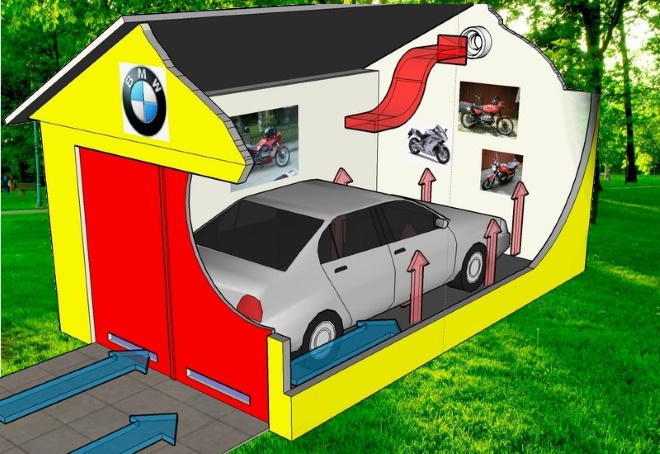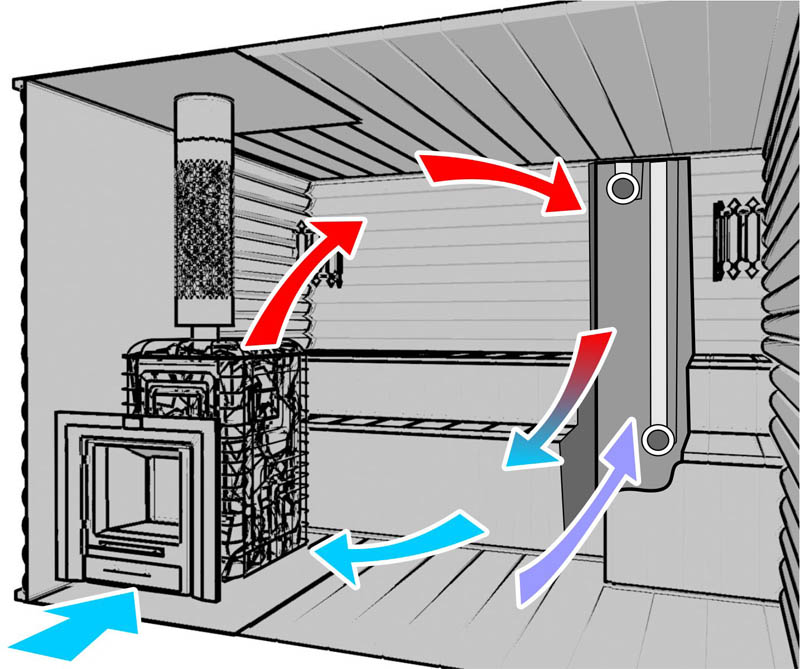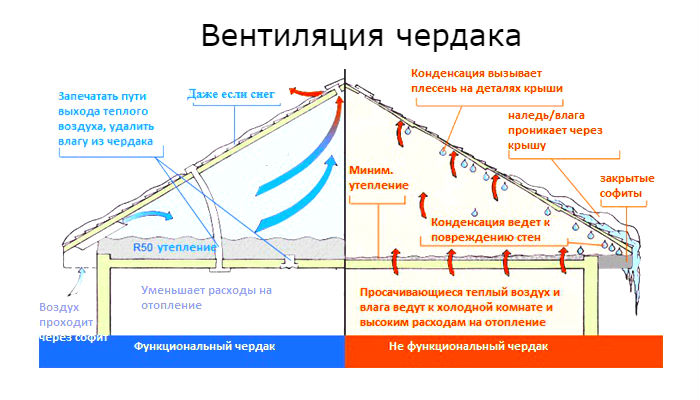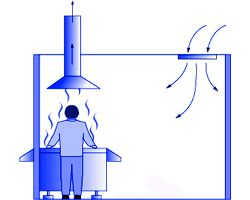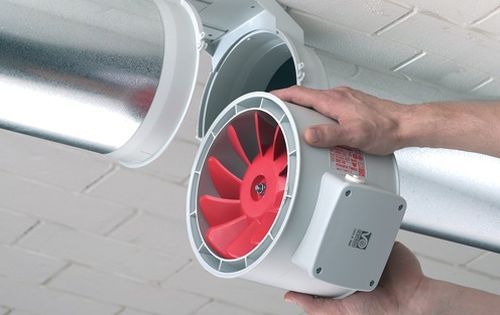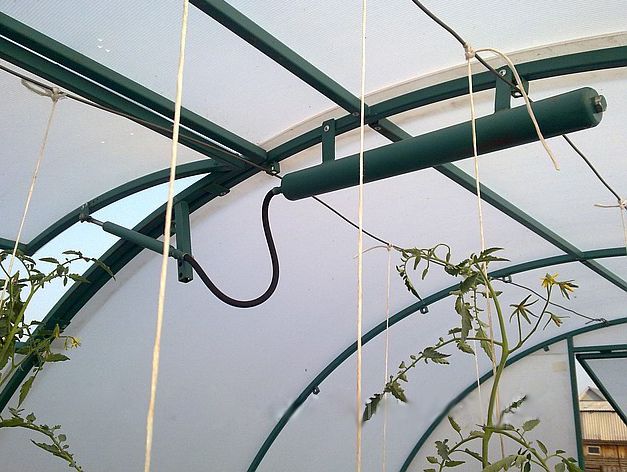Emergency ventilation is a combined design of mechanical devices and elements, in general, representing a common forced exhaust ventilation system for the period of emergencies, regardless of the cause of their occurrence.
Emergency ventilation at industrial and service public facilities is designed to ensure acceptable conditions for the evacuation of people during the period of an emergency situation.
The principle of the ventilation system
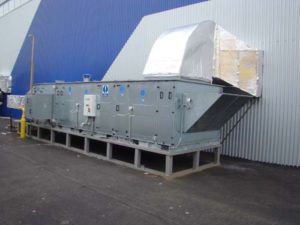
The emergency ventilation system operates using a special control panel in automatic mode. The control panel connects the operation of the system and the blocking elements: in the event of an accident, the general ventilation systems are immediately blocked, and then turned off.
Elements of the emergency ventilation system react to:
- the slightest occurrence of smoky formations;
- sources of fire or excessive gas pollution.
Exceeding the permissible values is detected by a high sensitivity sensor. This installation, sensitively reacting to sources of danger, provides guaranteed settlement and gradual neutralization for the period of an emergency of any formed substances, smoke, impurities, etc.
As a rule, the ventilation system for neutralizing emergency situations is designed in the form of a chimney, which provides independent switching on and ensures a constant air exchange process of the corresponding premises.
List of main characteristics
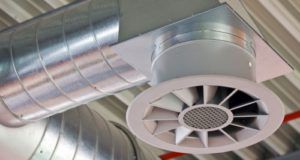
In case of emergencies during the construction of buildings or at the stage of major repairs, the installation of special structures is provided. Such structures are called supply systems, which make it possible to quickly clean the premises from odors, gas pollution, smoke and other hazardous compounds.
The supply systems provide an uninterrupted supply of clean air (during an accident), evenly distributing the clean flow along the length of all production aisles, rooms, halls and service and utility rooms.
If an accident is characterized by emissions of toxic impurities, chemical compounds with a higher hazard class for life and health and humans, then through the operation of such a system, a stream of fresh air flows into all smoky rooms and is redistributed over all areas of the object.
Reasons for connecting ventilation in an emergency
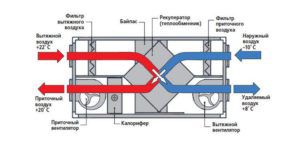
Only a correct and reliable analysis of the danger of an emergency will allow all production facilities to be provided with an appropriate and efficient exhaust hood.
During the period of an emergency, the non-standard nature of the entire process as a whole should be taken into account. During the period of its operation, including the beginning of the operation of the system until the moment of termination, complete elimination, stabilization and balancing of all smoke and gas formations within the premises must be ensured.
The following reasons can contribute to the occurrence of an industrial accident:
- uncontrolled sources of fire;
- spontaneous ignition of individual elements and devices;
- one-time emission of gaseous impurities of a sharp nature;
In such cases, it is necessary to provide not only a safe and planned exhaust system, but also to draw up and display its operating mode, a schedule of checks of the ventilation system for emergencies.
Emergency ventilation calculation: methodology
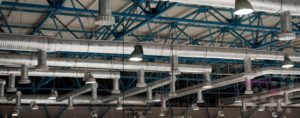
In the case of calculations for the operation of the emergency ventilation system, two methods are available:
Option number 1. In this case, we are talking about non-stationary changes in the concentration of harmful substances formed in the room. The calculation condition is the switched off general ventilation systems for the entire period of the accident (climate systems).
The balance of the total mass of harmful substances polluting premises by burst emissions, during the period of depressurization of production plants, equipment, in the event of a breakdown in technological processes, in the form of a differential equation is as follows:
Gvpdτ - Vndс = 0
Option number 2. In this case, all non-stationary changes are neutralized. An increased concentration of harmful toxic substances is removed. The working condition of the hood is working (switched on) general exchange emergency ventilation systems.
The formula for the mass balance of all harmful substances formed in the perimeter is as follows:
Gvpdτ + LetcFROMetcdτ - LuhFROMuhdτ - Vndc = 0where
Gврdτ - the mass of substances released during the accident;
LprSprdτ - the value of all harmful substances accumulated in the premises during the time interval τ, coming with the flow of air masses;
LuxCuxdτ - the mass of the harmful substance removed from the smoky premises during the period of time τ using the exhaust general exchange structures.
Equipment Regulations
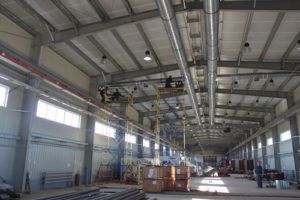
Emergency ventilation and air curtains are regulated by the document: "SNiP 2.04.05 - 91", which specifies such standards as the temperature of the air entering through the operation of air-thermal curtains.
In these situations, it is necessary to take:
- no more than 50.C near entrance doors and aisles;
- no more than 70. From near street gates and main external openings.
The estimated temperature of air flows entering smoky rooms through doors, gates, open openings should be taken as the value of C, but not lower than the values:
- С = 14, if the accident occurred on the territory of production, in the perimeter of the premises during light work;
- C = 12, in the event of emissions within the production during medium-duty work, for lobbies in public institutions, in administrative buildings.
- С = 8. Premises of industrial type with heavy workload;
- С = 5. For production areas with heavy work performed, in the absence of permanent places for the location of employees.
The duration of the emergency combines the time of two time periods:
- tа1 - duration of the initial stage of the accident;
- tа2 is the duration of the emergency stage, during which a complete stop of emissions and injection of harmful toxic substances into the premises is ensured.
General formula for the duration of an accident with automatic activation of the ventilation system:
tа = tа1 + tа2
Thus, during an emergency, absolutely all system elements must operate automatically and ensure the fastest possible neutralization of all emissions, regardless of the characteristics of the systems.

